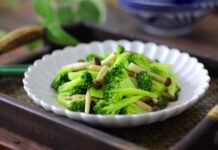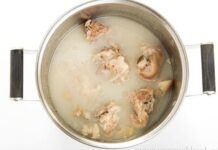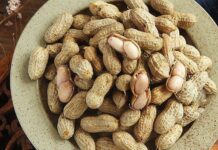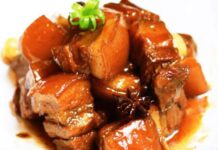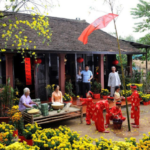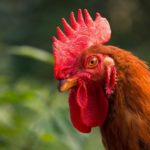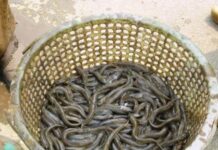On Tet Holiday, every family prepares a tray of dishes, including a boiled rooster, beautifully displayed on the table. This tradition stems from the desire to bring happiness and good fortune to the family for the coming year. To express their sincerity, Vietnamese people often choose capon (castrated rooster) for this important occasion.
But why is the rooster always the preferred choice for the Tet holiday offerings, and why is a capon chosen over a regular rooster? The following explanations will help you understand more about this Tet tradition.
1 Criteria for Selecting a Rooster for Tet Holiday Offering
To understand why people choose a capon for their Tet offerings, we must first explore why Vietnamese culture selects a rooster for the New Year’s Eve ceremony.
In Vietnamese beliefs, the image of a rooster is deeply rooted. Roosters are associated with daily life, community culture, and spiritual practices, from cuisine to religious activities.
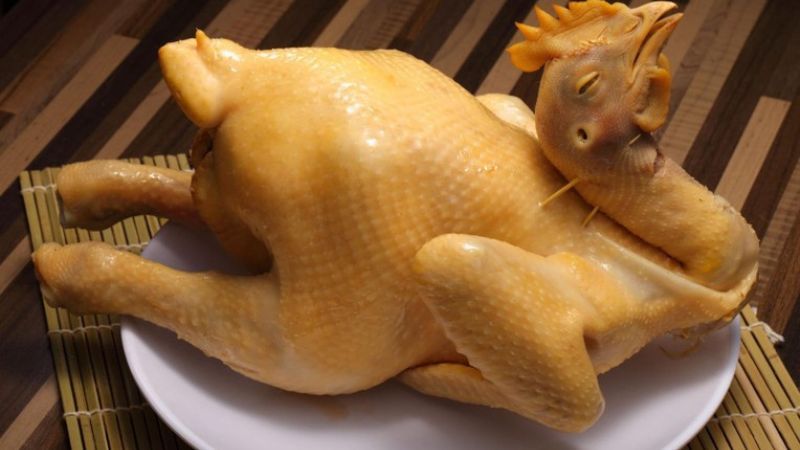 Rooster as a Symbol of the Sun
Rooster as a Symbol of the Sun
According to experts in the study of traditional beliefs and religions, the rooster symbolizes the sun, heralding a new day and the beginning of something fresh and new.
In Vietnamese custom, the New Year’s Eve ceremony is dedicated to the twelve gods of time, marking the end of one year and the beginning of another. Hence, a rooster is chosen for this ritual, specifically a young rooster, free from defects, with a red comb, a golden beak, and golden feet. Most importantly, it must still be pure and not have mated with any hens. Therefore, a capon is often selected to ensure this purity.
The meticulousness in choosing the sacrificial rooster reflects the aspirations of the Vietnamese people, wishing for a new year filled with prosperity and well-being.
For reference: Traditional New Year Decoration for a Prosperous Year
2 Capon: A Tastier Option
Although roosters are larger than hens, their meat tends to be tougher and less flavorful. To fatten a rooster, farmers castrate them when they are just starting to crow. After castration, the rooster becomes less aggressive, less active, and gains weight more easily.
 Why Capon is Chosen for Tet Holiday Offerings
Why Capon is Chosen for Tet Holiday Offerings
As a result, a capon can grow to three to four times the size of a regular rooster, with tender and sweet meat, unlike the sogginess of turkey meat. It has ample fat, thick and crispy skin, and after boiling, the capon turns a beautiful golden color.
Due to the exceptional taste of capon meat, the Vietnamese often use it for Tet meals or as a gift during the holiday season. There is a popular Vietnamese folk poem that describes the deliciousness of capon meat:
“The crowing of the rooster echoes through the village,
The capon, especially reserved for the teacher, is a delicacy.”
Preparing the Tet holiday offerings is a significant tradition in Vietnamese families. It is not only a custom to be preserved but also a way to express gratitude and respect for their ancestors and heritage. It symbolizes the hope for the best in the coming year.
For these reasons, the rooster for the Tet offerings is carefully chosen. Nowadays, especially in urban areas, people may not differentiate between a regular rooster and a capon for their rituals. However, for those who wish to express their desire for abundance and happiness, a capon remains the preferred choice for Tet offerings.
Discover more interesting articles about Tet Holiday traditions and customs!











